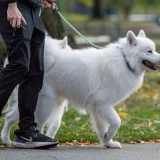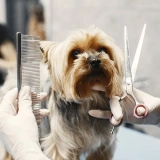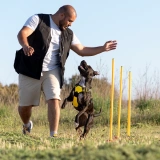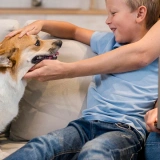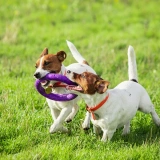The Saarloos Wolfdog needs an owner who can offer structure, patience, and calm leadership. These dogs do not respond well to harsh training or unpredictable households. They prefer calm routines, gentle socialization, and quiet communication. Socialization should begin early to reduce timidity and help them gain confidence around unfamiliar people and settings.
Physically powerful and built for endurance, this breed benefits from long walks in nature, tracking games, and scent work. Mental stimulation is just as important, though they may not be as motivated by praise or food rewards as other breeds. Grooming is moderate – their thick double coat sheds seasonally but doesn't require constant maintenance. Above all, this is a breed for people who appreciate a companion that still carries a touch of the wild.


